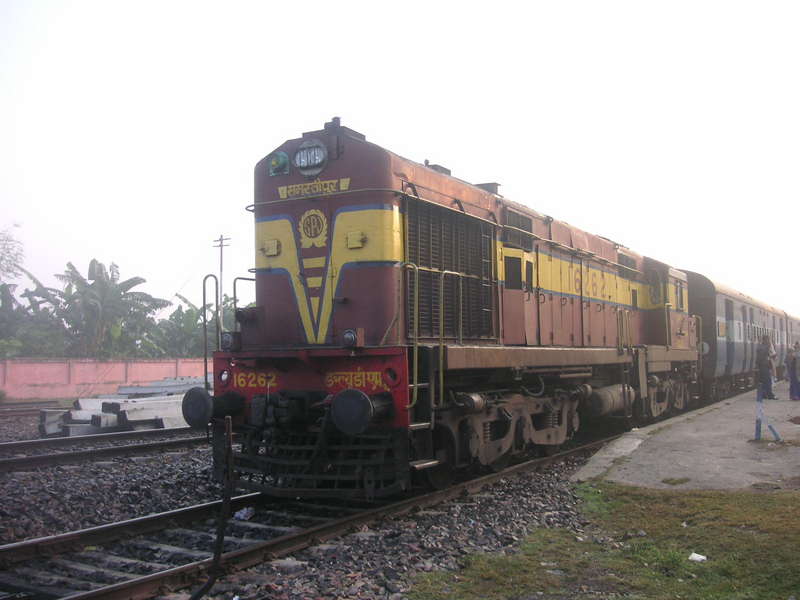The first Indian railway was constructed in 1853; and since then this vast continent has been covered with a network of railway lines, connecting north with south, and east with west.
The easy, cheap, swift and comfortable means of communication thus provided, has naturally profoundly modified the social life of India.
ADVERTISEMENTS:
India has always been, and still is, a continent of villages; for in spite of the industrial development of the country and growth of large towns like Calcutta and Bombay, seventy per cent, of the inhabitants of India dwell in villages and are engaged, directly or indirectly, in agriculture.
But the life of the village today is very different from what it was even seventy year ago. Before the introduction of railways and the construction of good roads, the Indian village was more or less isolated and self-contained.
The villagers of each village produced their own food and clothing and other things to satisfy their simple wants, and had little or no communication with the outside world. The railways have profoundly modified all this.
They bring goods from all parts of India, and even from foreign lands, to the villages, so that now the country folk dress in Lancashire cloth and use American sewing machines.
ADVERTISEMENTS:
And the villagers themselves, who formerly never saw any part of India except their own or the neighbouring villages, have now become great travelers, and this opening up of India to all has also tended to broaden the mind and to create the sense of nationalism, not only by enabling Indians to see and get to know the other Indian races, with their different languages and customs, but also by bringing information about other parts of the country in newpapers and letters.
Formerly a Punjabi knew nothing and cared less about the Bengalis in the east or the Madrasis in the south. They were foreigners to him. Now he feels they are brother Indians, and that India is one country. The railway are like the swift shuttles of a great loom that are constantly weaving the separate threads of different races and religions into the web of one nation.
Railways have also done something to modify the Hindu caste system. People of all castes travel together by the trains, and this mixing together on long journeys must do something to break down the exclusive barriers between caste and caste.
Finally, the railway, by extending trade, have brought comfort and even wealth to classes before indigent. For examples, the Punjab farmer now exports wheat not only to other parts of India, but also to other countries, and has become more prosperous.

